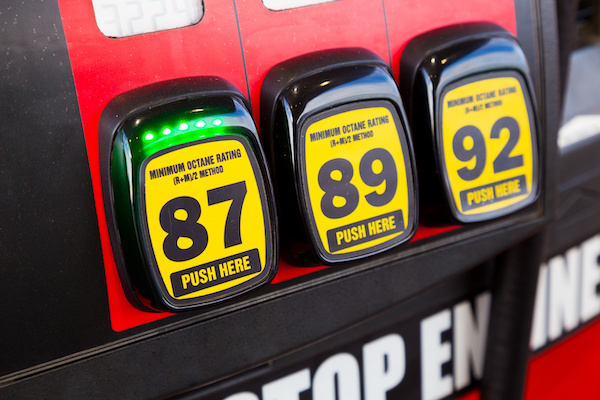Posted on 8/27/2022

We’ve all associated the terms “regular”, “mid grade”, and “premium” to gasoline before, but do you know what they mean? They are associated with octane ratings, which is a measure of the gasoline’s ability to resist engine knocking. Ultimately, you should not switch to a higher fuel unless your engine is rattling or pinging, signaling that the ignition process is premature. Gas stations typically offer 3 octane ratings, with regular gas being 87, mid-grade at 89, and premium rated at 91 or 93 or higher. Engines with high compression ratios or turbochargers require the higher rating of octane fuel. However, most cars can typically run on regular gasoline. Unfortunately, many drivers make the mistake of associating the higher number rating and higher price of premium gas with better performance and fuel economy. If your vehicle’s manufacturer simply recommends using regular gasoline, then filling up with premium is ... read more